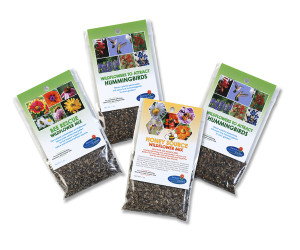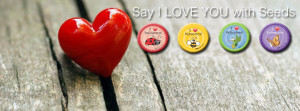Bats are beautiful and essential
Why Bats Are So Important
There are so many misconceptions out there about bats. Bats are not evil, blood-thirsty creatures that fly around at night trying to get caught in your hair. They are graceful and fascinating nocturnal creatures, which benefit humans by pollinating plants, dispersing seeds, and feeding on insect pests. In fact, over 300 species of fruit depend on bats for pollination including mangoes, bananas and guavas, carob, peaches and balsa wood. They are excellent pest managers eating up to 1,200 mosquitoes in one hour and in the wild they can live for up to 20 years.
Worldwide, at least 67 plant families and over 500 species of flowers rely on bats as their major or exclusive pollinators. Bats certainly play an important role in keeping the insect populations in check by eating insects. They consume damaging pests that attack a host of commercial crops. Nectar-feeding bats are also essential pollinators. Bats are often considered “keystone species” that are essential to some tropical and desert ecosystems. Without bats’ pollination and seed-dispersing services, local ecosystems could gradually collapse as plants fail to provide food and cover for wildlife species near the base of the food chain.
Bats are able to pollinate the flowers of plants that have evolved to produce nectar to attract them. When they drink the sweet nectar inside flowers they pick up a dusting of pollen and move it along to other flowers as they feed. Scientists believe that many groups of plants have evolved to attract bats since they are able to carry such large amounts of pollen in their fur compared to other pollinators. The ability of bats to fly long distances is also another benefit to plants, especially those plants that occur in low densities or in areas far apart from each other.
Flowering plants have developed several traits to attract these flying mammals. Bats use sight, smell and echolocation to locate flowers. Many of the flowers that rely on bats for pollination are white or light-colored to show up in the evening and night times. Many of the flowering plants have evolved a strong fruity or musty or rotten perfume. The smell is created by sulfur-containing compounds, which are uncommon in most floral aromas but have been found in the flowers of many plant species that specialize in bat pollination. Some plant species have even evolved acoustic features in their flowers that make the echo of the bat’s ultrasonic call more conspicuous to their bat pollinators enabling them to easily find the flowers in dense growth.
Other interesting stuff!
-Tequila is made from the agave plant, which relies solely on bats to pollinate its flowers and reproduce. Without bats, we would have no tequila.
-Anoura fistulata, a nectar-feeding bat from South America, which has the longest tongue (proportionally) of all mammals. A. fistulata is only the size of a mouse, but its tongue is around 8.5 centimeters long, making it up to 150% of its body length! With such a long tongue it couldn’t possibly keep all of it in its mouth. Instead, A. fistulata keeps the tongue in its chest, in a cavity between the heart and sternum.
-Bats almost exclusively pollinate wild bananas, which originate from Southeast Asia. Bats pollinate many ecologically and economically important plants from around the world. The products that we value from these plants are more than just fruits, including fibers and timbers that we use every day.
-Flying foxes, nectar and fruit-eating megabats from Australia, pollinate the dry eucalyptus forests, which provide us with timber and oils that are shipped around the world.
-Many tropical and sub-tropical rainforest ecosystems also rely on bat pollinators to regenerate. Without nectar-feeding bats not only would our environment suffer, but our way of living as well! Bats are so effective at dispersing seeds into ravaged forest lands that they’ve been called the “farmers of the tropics.” Seeds dropped by bats can account for up to 95 percent of the first new growth.
Bats can be found in almost every part of the world except in extremely hot and cold climates. They live on all continents except Antarctica. You can find more species of bats where the weather is nice and warm. Bats like to roost in groups in dark and humid environments. They also roost in different structures, such as the underside of bridges, in caves, inside roves of buildings, in cracks in between rocks, in mines, and in tree hollows.
Unfortunately, because of human misunderstanding, as well as practices such as habitat destruction and indiscriminate use of pesticides, many bat species are endangered, and some have already gone extinct. In the United States, nearly 40% of the native bat species are endangered.
Click on the links below for more great info!
Info on how to safely & humanely remove a bat from your home:
Build your own Bat House!
Bring a Bat program into your School:
Bat Coloring Pages:



